The story of resistance
When the streets speak
Underground Post on Instagram
Throughout most of the Soviet occupation, creating works in Ukrainian with distinct Ukrainian characteristics or addressing the challenges faced by Ukrainians under Moscow's rule was a nearly impossible and often perilous endeavor. Despite that, the people never stopped expressing their resistance through graphic design.
Ukrainians worldwide issued unofficial postage stamps to promote national causes and raise awareness of Soviet repression. Heroic soldiers, burning buildings, a portrait of Vasyl Stus, or a message about the Holodomor are examples of alternative postage stamps issued throughout the 20th century.
The stamps are interesting from both a historical and design point of view. Some were crafted by renowned graphic artists like Heorhiy Narbut and Robert Lisovskyi, while many others remained anonymous, adding intrigue to the narrative.
Sashko, a photographer from Kyiv, started collecting diaspora stamps, interested in his country's history and its impact on present-day events. He shares the highlights of his collection in the Instagram blog Underground Post of Ukraine. Documentation on the topic is scattered, incomplete, and often inaccurate; Sashko's dream is to structure and record all this information so that the phenomenon of these underground stamps is not forgotten.

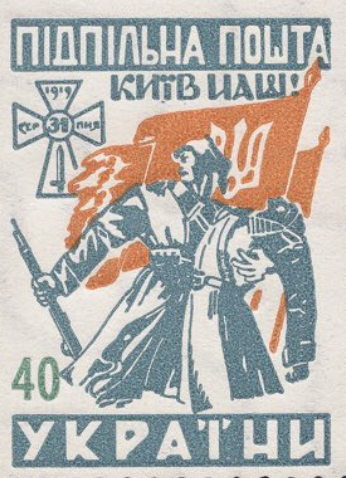

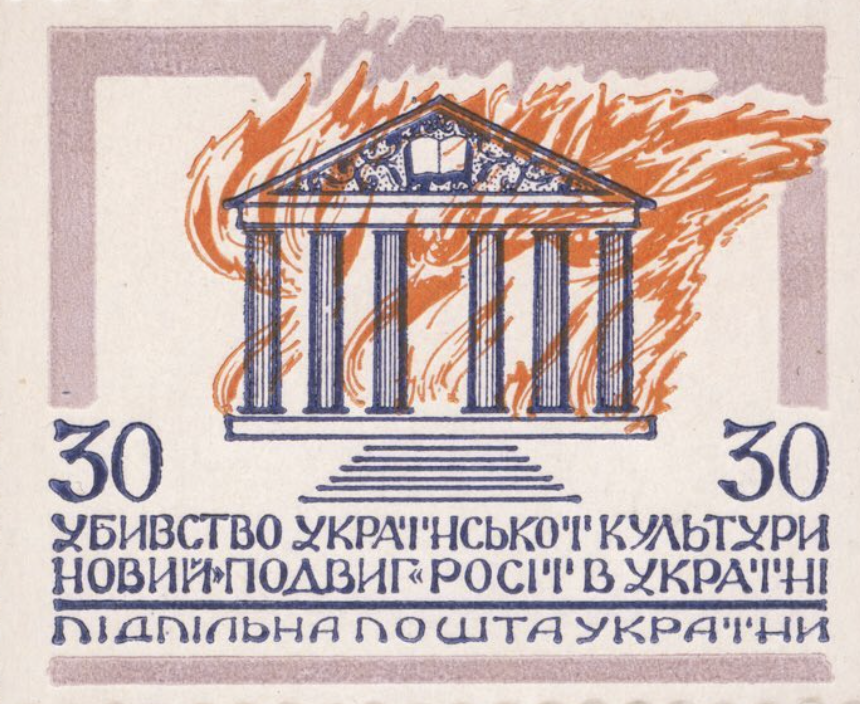
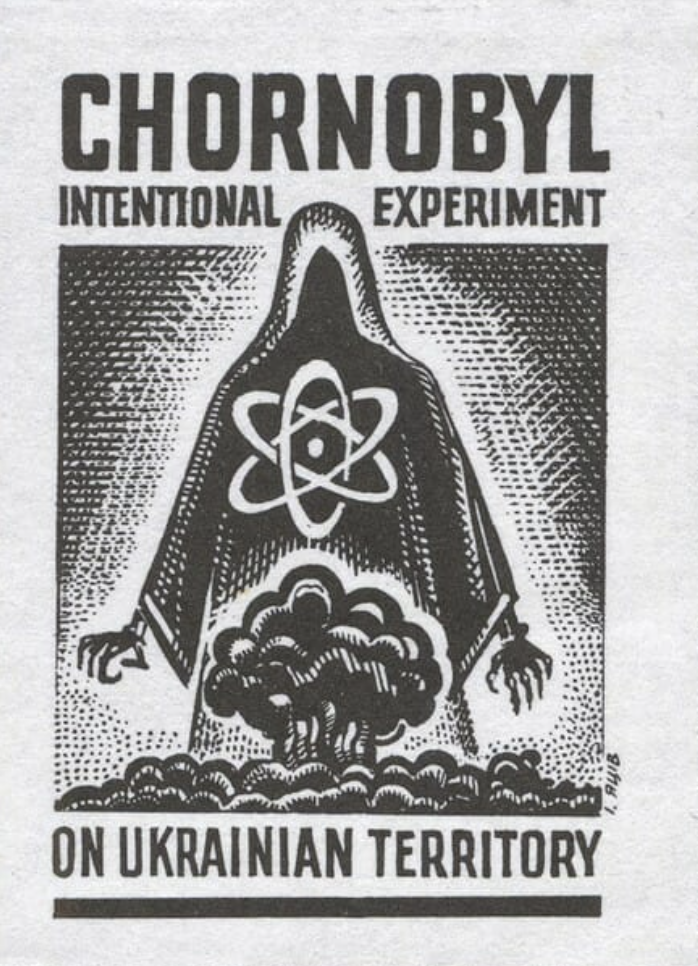
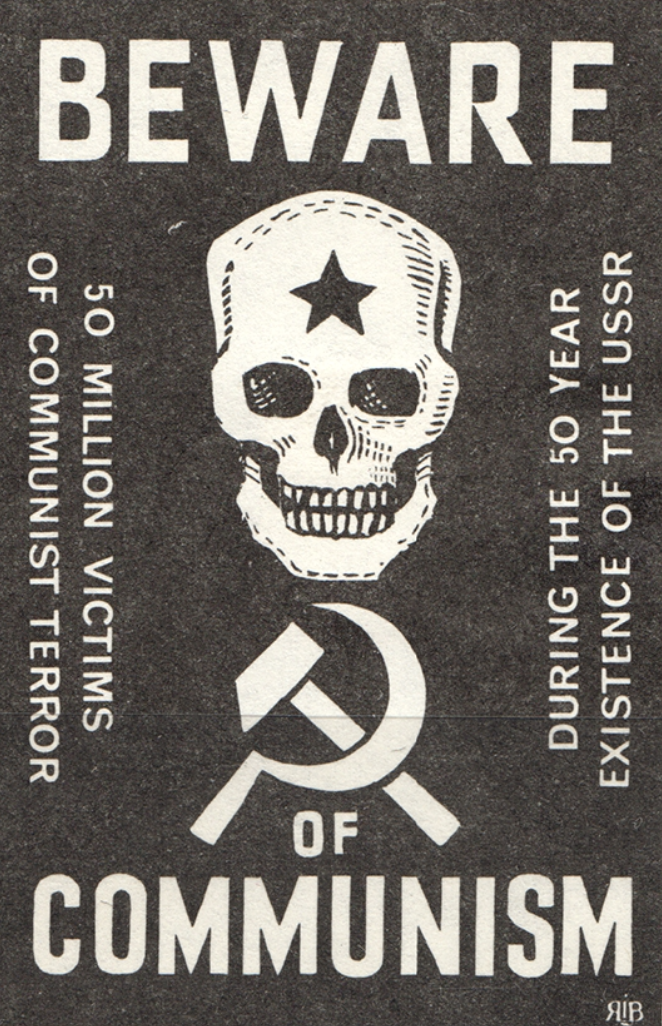
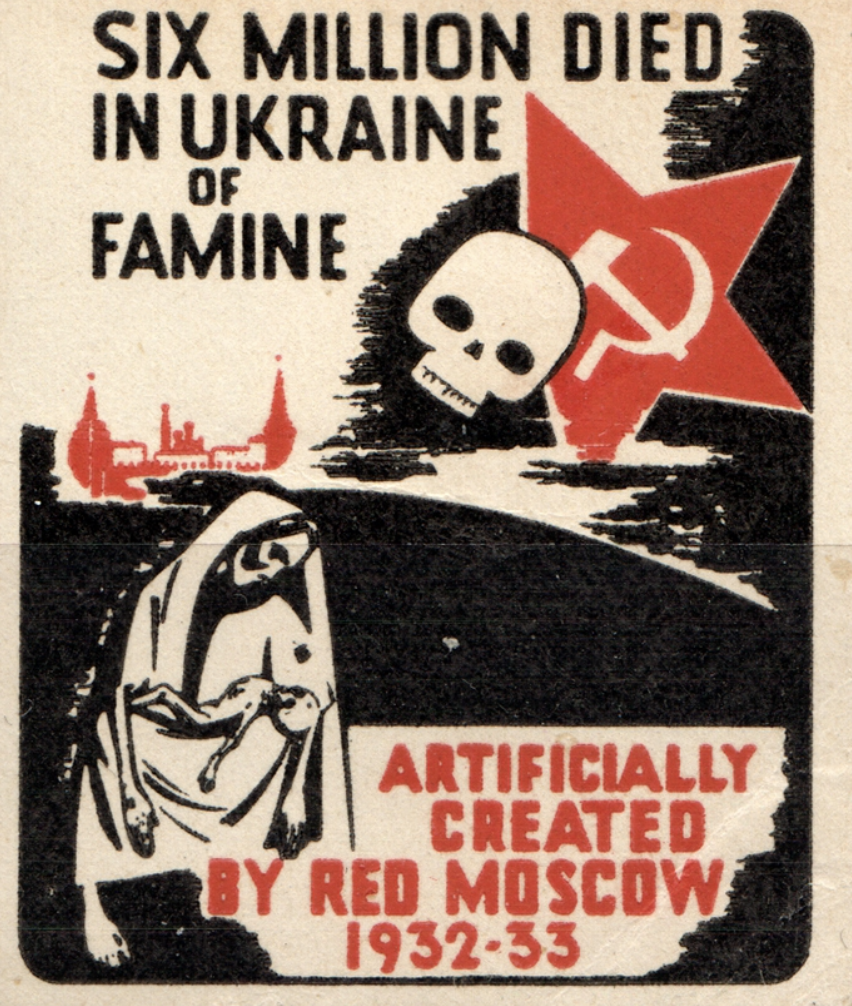
In the 20th century, alongside stamps, Ukrainian posters played a significant role as a form of resistance. Nil Khasevych was possibly the first designer to utilize his artistic skills in the fight against the regime, stating, "I cannot wield weapons, but I combat with a cutter and chisel." He not only served as the principal artist for the Ukrainian Resistance Army but also pioneered the use of visual art to advocate for Ukraine's state independence.
During World War II, Khasevych created numerous posters, leaflets, and medals. Faced with challenging working conditions, he came up with ingenious solutions due to material shortages. For instance, he suggested using metal from artillery shell casings to craft medals. He documented his designs from this period in the 1944 album titled "Graphics in the UPA Bunkers."
After the war, Khasevych continued his clandestine activities with remarkable success. His propaganda was groundbreaking for its emphasis on individualism rather than conformity. His drawings served as an alternative source of information for foreign nations regarding the Ukrainian Resistance Army's ongoing struggle against the Soviet regime, which persisted well into the 1950s. "I want the world to know that the liberation struggle continues, that Ukrainians are fighting," wrote Khasevych.
In 1951, Khasevych's series of works titled "Volyn in Struggle" was presented to delegates of the UN General Assembly, infuriating Soviet authorities. In response, Soviet security forces raided Nil Khasevych's hideout, leading the 47-year-old artist to destroy crucial documents and take his own life.
For decades, Nil Khasevych's name and works were banned, and his memory only began to resurface gradually after the collapse of the USSR.
During World War II, Khasevych created numerous posters, leaflets, and medals. Faced with challenging working conditions, he came up with ingenious solutions due to material shortages. For instance, he suggested using metal from artillery shell casings to craft medals. He documented his designs from this period in the 1944 album titled "Graphics in the UPA Bunkers."
After the war, Khasevych continued his clandestine activities with remarkable success. His propaganda was groundbreaking for its emphasis on individualism rather than conformity. His drawings served as an alternative source of information for foreign nations regarding the Ukrainian Resistance Army's ongoing struggle against the Soviet regime, which persisted well into the 1950s. "I want the world to know that the liberation struggle continues, that Ukrainians are fighting," wrote Khasevych.
In 1951, Khasevych's series of works titled "Volyn in Struggle" was presented to delegates of the UN General Assembly, infuriating Soviet authorities. In response, Soviet security forces raided Nil Khasevych's hideout, leading the 47-year-old artist to destroy crucial documents and take his own life.
For decades, Nil Khasevych's name and works were banned, and his memory only began to resurface gradually after the collapse of the USSR.



"I cannot wield weapons,
but I combat with a cutter and chisel."
